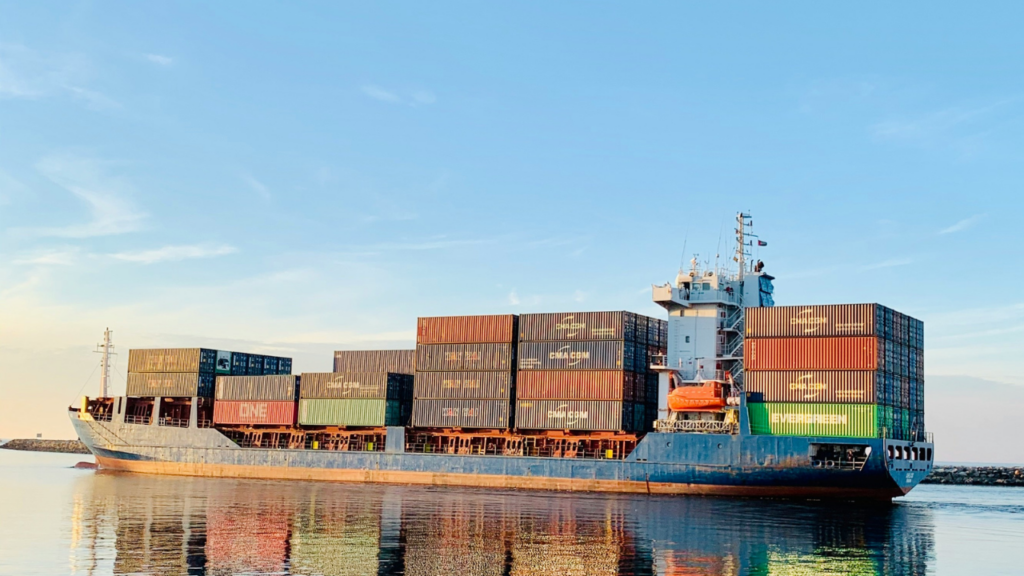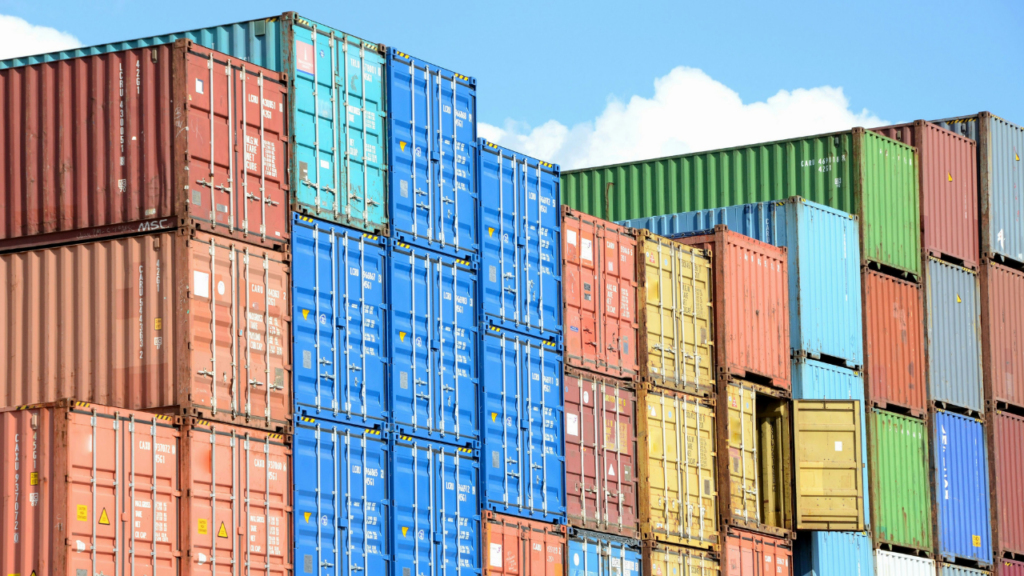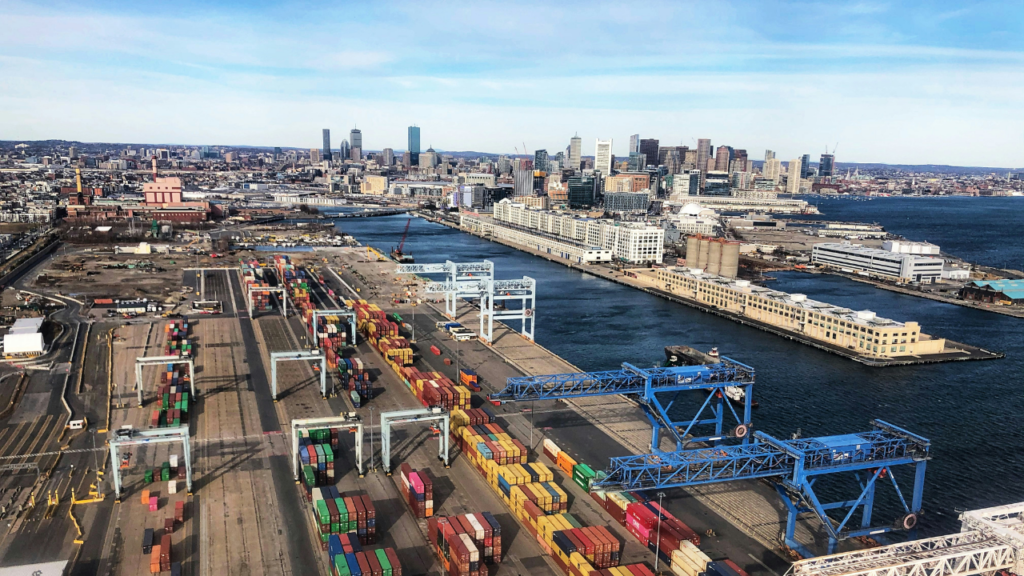US Import Increases, Freight Forwarding, Houthi Attacks, and Impending ILA Strike.
Your weekly All-Ways round-up of Supply Chain news.
Increasing Imports
For the second month in a row, retailers have raised their predicted import growth, according to the National Retail Federation (NRF) and Hackett Associates’ Global Port Tracker (GPT) report.
The report also said that US imports will be up 7.8% for the first six months of the year, compared with the first half of 2023.
These predictions show that international supply chains are not experiencing major disruptions despite disruptions in the Panama Canal and escalations in the Red Sea conflict, which included 3 fatalities.
The March GPT report also indicated higher predictions for the year-over-year US imports forecast from now through June, with imports in March predicted to increase 8.8%, 3.1% in April, .5% in May, and 5.7% in June.
It’s difficult to predict beyond 6 months, but as of now, the GPT forecasts a 3.8% increase for July, signaling high confidence for the commercial shipping industry.

The Forwarder’s Advantage
Otto Schacht, a veteran executive from Hapag-Lloyd and Kuehne+Nagel, advised ocean carriers at a conference to reconsider offering all-in-one logistics solutions, highlighting that shippers prefer to control their own non-ocean transportation services.
Freight forwarders will also continue to play a vital role in container shipping due to their personalized service and expertise in navigating international trade complexities.
With the unreliability of ocean carriers entering the market only to leave as soon as they lose money, shippers are wary of entrusting their entire logistics operations to an ocean carrier. Whereas, forwarders can last through a downturn because they don’t have assets to maintain.
While ocean carriers have attempted to build this kind of relationship with shippers by offering forwarding services, they are more successful when offered as a standalone service instead of being offered alongside their ocean service.

Sunken Ship
Since the onset of the Houthi rebel attacks in the Red Sea in November, March 2 marks the first ship the group has sunk.
On February 18, the Rubymar was targeted by the militant group and has been flooding with water since, leading to a multi-mile oil slick and 21,000 metric tons of fertilizer entering the waterway. This not only poses an environmental risk but also highlights the safety risks of traversing the Suez Canal.
On March 4, a fire broke out onboard the Liberia-flagged MSC SKY in the Arabian Sea after the Houthis targeted the ship, no casualties were reported.
The surge of attacks on commercial ships brings to light the dangers of being a crew member on ships.
However, the shipping industry has adjusted fairly well despite the longer transit times and increased costs of shipping around Africa as seen by the spot rates declining and GRIs being postponed. Especially now that the Chinese Lunar New Year has passed, the industry has entered its slow season.
Even though the US has conducted over 230 airstrikes against Houthi targets in Yemen, the attacks on commercial ships are still occurring. But with global supply chains normalizing despite the attacks, the US will probably keep the status quo unless the situation worsens for shipping.
East & Gulf Coast Ports in Jeopardy
Ports along the East and Gulf Coasts face the threat of a strike as negotiations between the International Longshoremen’s Association (ILA) and the United States Maritime Alliance (USMX) continue.
The ILA, representing about 70,000 workers, seeks improvements in wages and conditions, and a firm stance against automation. The USMX, representing owners of 36 ports including three of the five of the busiest in the country, is trying to balance these demands with port productivity concerns.
With the contract set to expire at the end of September, critical issues remain unresolved. The ILA warned that it will not extend the current contract past its expiration date and that ILA dockworkers will begin a coastwide strike in October.
The threat of the strike alone (which some believe is all talk) could cause shippers to panic and divert cargo away to the West Coast particularly with fall peak season falling out when the contracts expire.
However, potential work stoppages would likely be brief because the USMX ports are already experiencing issues with the Panama Canal drought. It would be in everyone’s best interest to reach a resolution swiftly.



